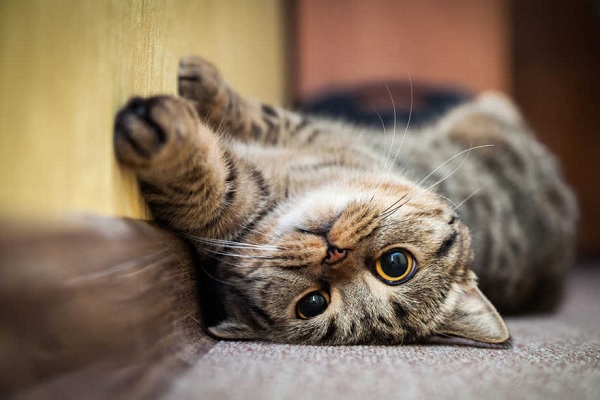
Like humans, cats also experience seizures. Any pet owner would find it frightening to witness a cat having seizures. Attacks brought on by improper brain electrical activity can result in behaviors like drooling, twitching, and chomping. Depending on the severity, episodes can last from a few seconds to several minutes. What causes? How can we treat it?
Cause
Unlike seizures in dogs typically brought on by inherited conditions, seizures in cats are more frequently brought on by diseases or injuries to the cat’s brain or by environmental factors like toxins. The cause of their sudden attack may be due to tumors, infections, or high fever. However, there are two kinds of seizures:
- Intracranial Causes
- Seizures with intracranial causes can be structural conditions like tumors, brain inflammation, infections, brain malformations, head trauma, or strokes in cats, as well as functional problems with the cat’s brain.
- Extracranial Causes
- When an extra-cranial condition is identified as the origin of your cat’s seizures, something other than the brain is to blame for the feline’s convulsions. Toxins, poisons, and metabolic conditions like diabetes are cats’ most frequent causes of extracranial seizures.
How to treat your cat’s seizure
The underlying cause of a cat’s condition is the main focus of treatment for seizures in cats. Your veterinarian may prescribe anticonvulsant medication if there is no cure for the underlying cause of the episodes or if the cause is still unknown. Here are some tips that could help:
- Don’t touch your cat while having a seizure (or after) unless they could hurt themselves if you did. You risk having a severe bite or scratch if you touch your cat while they are convulsing.
- Treatment options for stable cats and not experiencing seizures include treatment of underlying causes and oral anticonvulsants.
- The frightening thing about cat seizures is that they are fortunately highly uncommon in cats. The condition can frequently resolve the situation, and your cat can feel like themselves again with the help of skilled veterinary care.
- Take your cat to the nearest vet if the seizure doesn’t stop. To transport your cat safely, pick it up and wrap it in a thick towel.
- Everyone in the room should speak calmly and quietly, turn off loud appliances like the television or radio, and give your cat plenty of room.
- To avoid potential drug interactions, consult your veterinarian before administering additional medications or dietary supplements to your pet.
Most of the time, cat seizures are not a medical emergency, so you don’t need to rush to the emergency room unless your cat is in seizure activity. Owners must remain calm. If your cat starts to have a seizure and stops after one to two minutes, you should call your veterinarian and schedule an appointment. There are vets in Sacramento who you can call to ask for some advice and help. Treatment for your cat’s seizures is crucial because untreated seizures can worsen brain damage, cause more severe attacks, or cause other health issues. Your cat might become confused, temporarily lose feeling in one or more of its legs, appear blind, or exhibit other behavioral changes after the episode. While it might take a few days before your cat seems completely ordinary again, these changes are typically transient. Always watch your cat and visit the vet annually since prevention is better than cure.
Source:
What are cat seizures? The telltale signs, causes, & recovery – goodrx. (n.d.). Retrieved July 2022, from https://www.goodrx.com/pet-health/cat/understanding-cat-seizures
Seizures in cats. Small Door Veterinary. (n.d.). Retrieved July 2022, from https://www.smalldoorvet.com/learning-center/medical/seizures-in-cats

